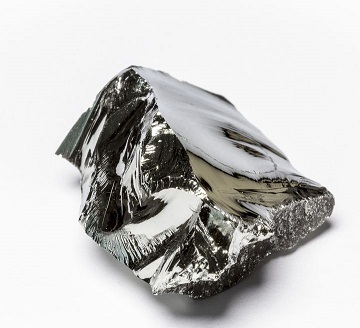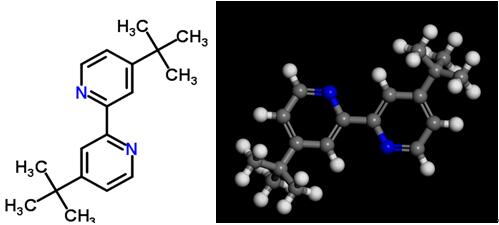Sources of Exposure and Industrial Hygiene of Germanium
Mar 6,2020
First aid: Eyes: Irrigate thoroughly with water if discomfort persists, obtain medical attention; skin: wash off thoroughly with soap and water; inhalation: remove from exposure, seek medical advice; ingestion: wash out mouth thoroughly with water—in severe cases, obtain medical attention.
Occupational exposure limit(s): None
Reference value(s): None
Hazard statement(s): None
Precautionary statements(s): None
Risk phrase(s): None
Safety phrase(s): None

SOURCES OF EXPOSURE
Occupational
Elemental germanium may ignite spontaneously and explode when suspended in air as a fine powder (HSDB, 2002).
Germanium dioxide dust can form germanic acid, an irritant, if it contacts the eye (HSDB, 2000). Occupational exposures to dusts and fumes may occur during activities that involve separation and purification of the ore concentrate.
Environmental
The major source of germanium exposures in the general population occurs through the consumption of foodstuffs. Daily consumption estimates have been reported between 0.367 and 1.5 mg/day (reviewed by Tao and Bolger, 1997). The primary routes for potential exposure are through inhalation of dust and contact with skin/eyes. Engineering controls and personal protective equipment are required or recommended. A respirator and polyvinyl alcohol protective gloves are required. If chipping or dust formation is possible, safety goggles or safety glasses with side shields are also required.
REFERENCES
ECHA (2014) Registered Substances. Helsinki, Finland: European Chemicals Agency. Available at https://echa.europa.eu/ information-on-chemicals/registered-substances. CASRNs: 7440- 56-4, 1310-53-8.
EPA (2012) Chemical Data Access Tool (CDAT). Washington, DC: Office of Pollution Prevention and Toxics, US Environmental Protection Agency. Available at https://java.epa.gov/oppt_ chemical_search. CASRNs: 7440-56-4, 1310-53-8.
Lin,C.-H.,Chen,T.-J.,Hsieh,Y.-L., Jiang, S.-J.,andChen, S.-S. (1999) Kinetics of germanium dioxide in rats. Toxicology 132:147–153.
St. Georgiev, V. (1988) New synthetic immunomodulating agents. Trends Pharmacol. Sci. 9:446–451.
Tao, S.-H. and Bolger, P.M. (1997) Hazard assessment of germanium supplements. Regul. Toxicol. Pharmacol. 25:211–219.
- Related articles
- Related Qustion
- The brief introduction of Germanium May 29, 2024
Germanium (Ge), a chemical element between silicon and tin in Group 14 (IVa) of the periodic table, is intermediate in properties between the metals and the nonmetals.
- Uses and Health benefits of Germanium Apr 10, 2024
Germanium has the Cubic, Diamond Structure - Space Group Fd3m.
Copper (symbol Cu; CAS #7440-50-8) is distributed widely in nature; it is the twenty-sixth most abundant element in the earth’s crust and is an essential element for many life forms. Copper is an abundant reddish, odorless metal.....
Mar 6,2020Inorganic chemistry4,4'-di-tert-butyl-2,2'-dipyridine is white crystals. It is used as ligand in chemical reactions.....
Mar 24,2020Heterocyclic compoundsGermanium
7440-56-4You may like
- Germanium Ingot
-

- $2000.00 / 10kg
- 2025-01-07
- CAS:7440-56-4
- Min. Order: 10kg
- Purity: 99.99%
- Supply Ability: 1000kg per month
- 4N 5N Germanium Ingots
-

- $2000.00 / 10kg
- 2025-01-07
- CAS:7440-56-4
- Min. Order: 10kg
- Purity: 99.99%
- Supply Ability: 1000kg per month
- Germanium Ingot
-

- $1500.00 / 10kg
- 2024-09-20
- CAS:7440-56-4
- Min. Order: 10kg
- Purity: 99.99%
- Supply Ability: 1000kg per month






